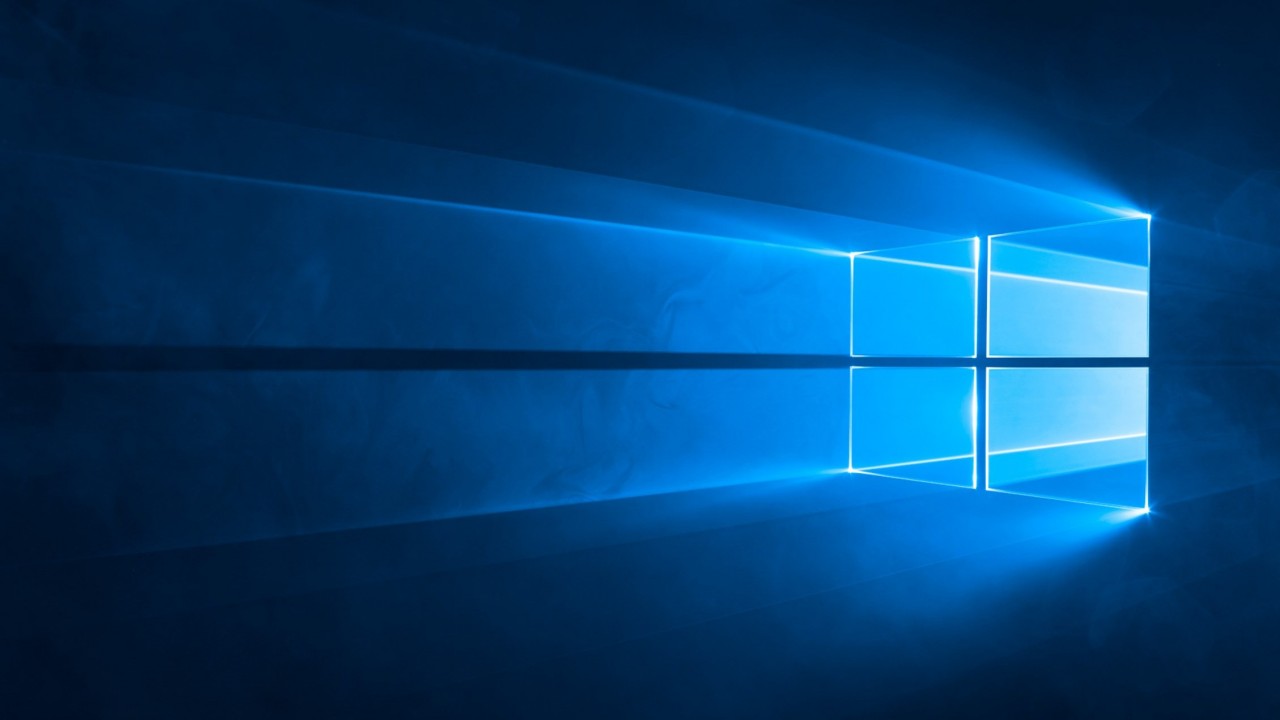Native USB Audio 2.0 Coming to Windows 10
In this article, I explain what USB Audio 2.0 is and why it’s important for Windows 10.
In September, Microsoft announced native support for USB Audio 2.0 out-of-the-box in Windows 10, and is available starting in Redstone 2 build 14931 for Windows Insiders. This is not the same as USB 2.0, which Windows has supported for years, but a standard for connecting professional, semi-professional, and Hi-Fi audio equipment to computers.
In an era in which many consumer audio devices provide support for wireless Bluetooth connections, you might be wondering if this development matters. Apple OS X has long had USB Audio 2.0 class drivers built in, making Macs the industry standard choice of computer in recording studios. But for those that have Hi-Fi audio equipment at home, USB digital to analogue converters (DAC) are often used instead of CD players — think high-quality external sound cards — providing a high-quality audio source that allows playback of local or streaming media. And because of reliability and latency issues over wireless networks, professional recording and Hi-Fi audio equipment tends to stick to wired connections.
USB Audio 1.0 class drivers are included in all currently supported versions of Windows, but are limited to 24-bit/96kHz sample rates, and many USB DACs and some streaming services now support much higher sampling rates, up to 24-bit/192kHz, that require a third-party driver to be installed in Windows. Although support for high sample rates is not common in consumer tech right now, inevitably the market will move forward. Apple is long rumored to have been flirting with the idea of high-quality audio downloads, and other popular services are likely to move in that direction, so Windows needs to be ready to support these services without the need for installing a third-party driver.
Portable DACs designed for use with smartphones, such as AudioQuest’s popular DragonFly Red and Black, are currently limited to 24bit/96kHz sample rates because of limitations in Windows, although the devices also work with Android and iOS. This limitation is required to ensure a simple plug and play experience across all device types. At the end of the day, the need for a third-party driver in Windows to support higher sample rates adds complexity and increases costs.
The native USB Audio 2.0 driver in recent Windows Insider builds doesn’t support recording, but that is scheduled to appear at a later time. If you want to try out the new USB Audio 2.0 support in Windows, you’ll need to follow the instructions here. Windows 10 Mobile also supports USB audio on devices that include USB host mode, such as the Lumia 950.




